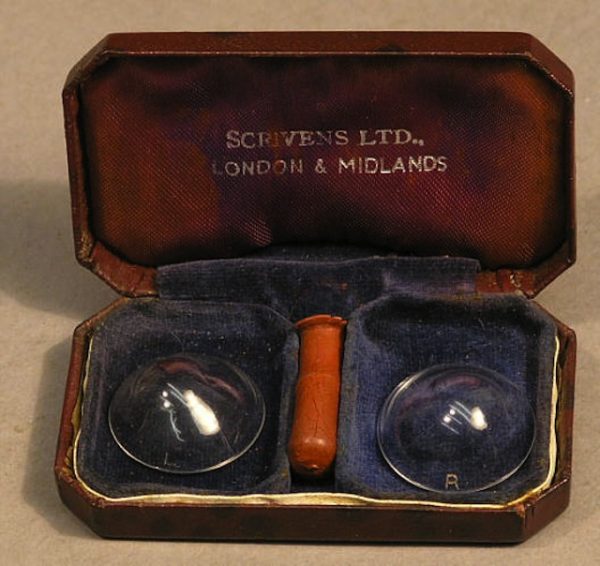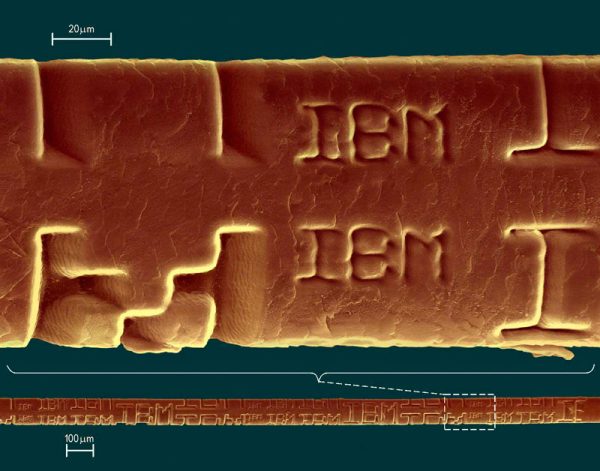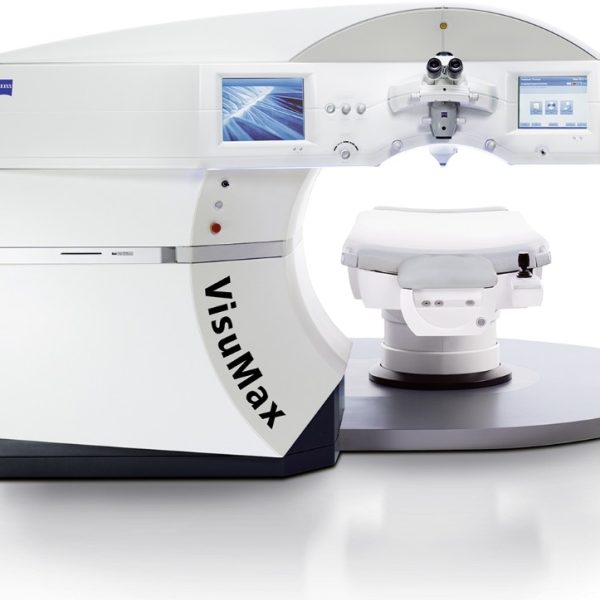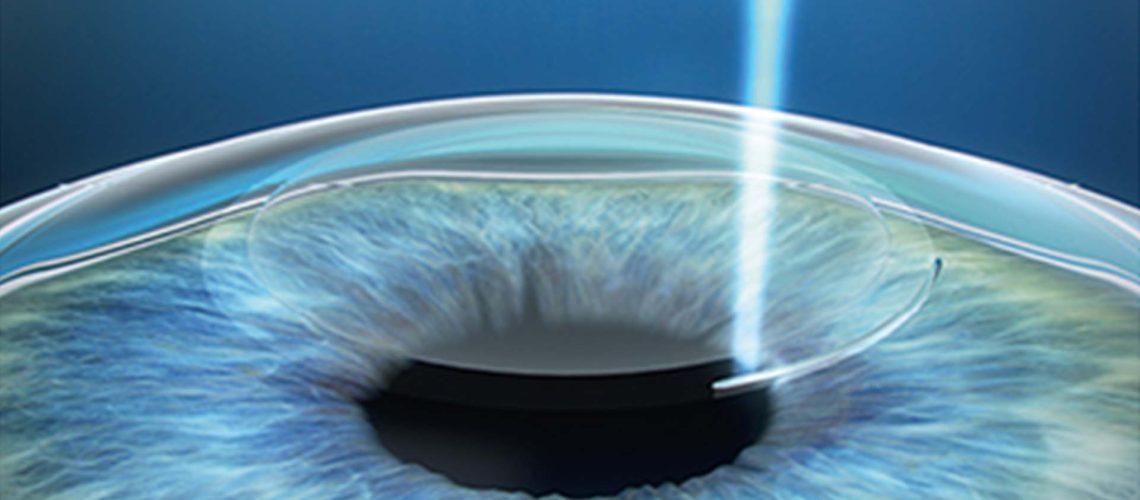Ever since the 13th century, refractive errors in human eyesight have been corrected in some fashion. From spectacles and contact lenses to the advances of laser eye surgery. The latest technique, known as SMILE®, provides an almost permanent and painless solution to correcting certain refractive errors in the eye.
In the beginning
Numerous sources point to Alessandro della Spina, an Italian monk as being credited with inventing ‘eyeglasses’ around 1285 AD in the vicinity of Pisa. With frames made of bone and lenses consisting of not glass but quartz, it’s fair to say they were quite cumbersome. At the time, only long-sighted patients could benefit from these earliest spectacles to help them read things up close.

Advancing into the 19th Century
As advances in glasses manufacturing continued, contact lenses, while actually theorised by Leonardo Da Vinci in 1508, didn’t arrive in practice until 1888 when Adolf Gaston Eugene Pick designed the first lenses to be placed on the surface of the eye to correct vision. These heavy glass lenses could only be worn for a few hours at a time. In the 1960’s, softer plastic and also gas permeable lenses were developed that allowed the more modern lenses we know now which can be worn on the surface of the eye for an entire day.

Breakthrough in Technology
Fast forward to 1981 when a breakthrough in technology enabled the first generation of laser vision correction to be developed using an excimer laser. The excimer laser was originally used by IBM to make microscopic circuits for computers. It was discovered however that this same laser was perfect for making highly precise and low energy incisions in humans without any collateral damage to surrounding tissue. Eventually, this laser was applied to ophthalmology and by making the necessary corrective adjustments to refractive corneal tissue, refractive errors, including short sighted, long-sighted and astigmatism could be overcome more safer and easily than ever before.

A new evolution of techniques
Newer techniques followed using a similar approach but focused on a faster recovery. LASIK (Laser Assisted in-Situ Keratomileusis) began the second generation in laser eye surgery by adding a vital new step to occur before the excimer laser. The LASIK procedure first created a flap in the corneal surface. When the flap was pulled back, it provided easier, less harmful access to the corneal tissue to correct the refractive error. LASIK was first performed in 1991 and has to date been the most popular form of laser vision correction performed worldwide.
The latest generation of laser eye surgery is known as SMILE (Small Incision Lenticule Extraction). This was pioneered by Carl Zeiss Meditec who used their patented a femtosecond laser on the surface of the eye. This laser loosened a piece of corneal tissue to correct vision (known as the ‘lenticule’). Much like modern keyhole surgery, a small incision was then made in the cornea to access the loosened lenticule underneath. Once the lenticule was removed the incision healed and vision was corrected with minimal disruption to the structure of the cornea.

Why should I consider SMILE®?
The SMILE® procedure is faster, using just the one laser. It has a smaller cornea incision, almost 80% shorter than LASIK, meaning a faster healing time. The risks of dry eye, infection and flap detachment are also lowered, plus vision result are often reported as being better. While long term studies have yet to be completed, SMILE® is fast becoming the new normal in laser vision correction.
From cumbersome quartz lenses to precise femtosecond lasers, correcting refractive errors in eyesight has been a challenge occupying scientists and ophthalmologists since the 13th century. While glasses and contact lenses provide temporary clarity, laser vision correction is becoming a modern miracle to unburden people from the requirement of daily vision devices.

